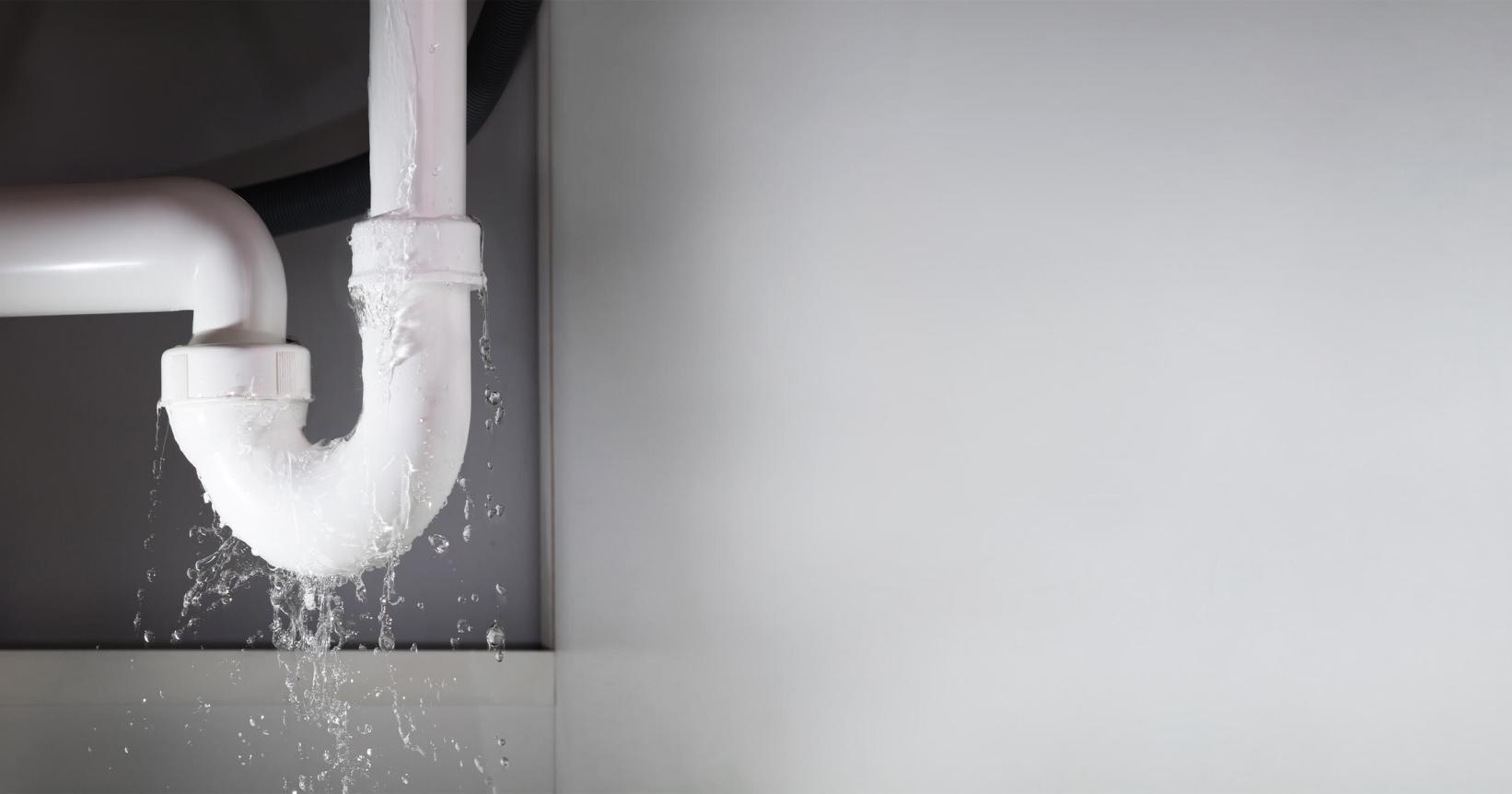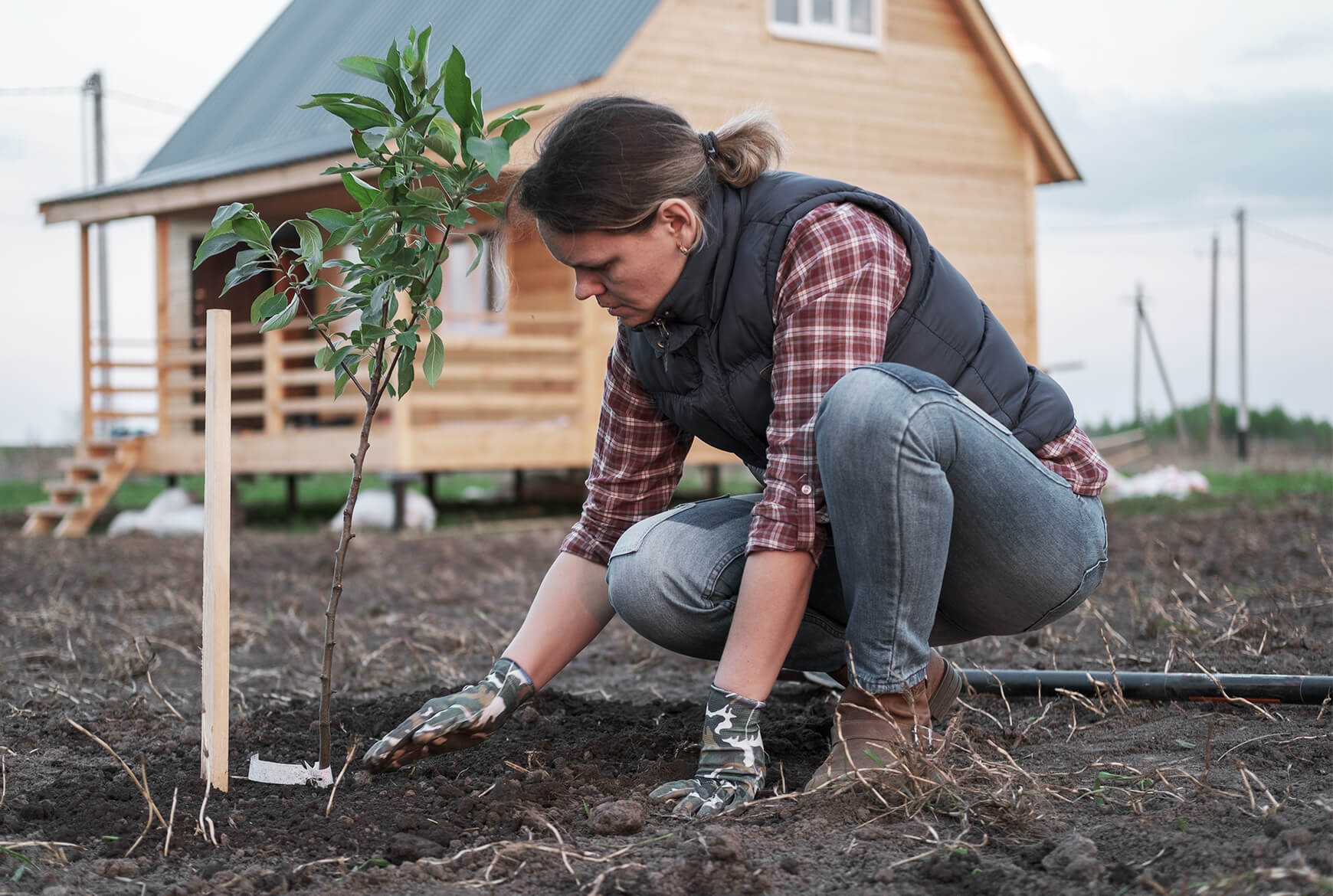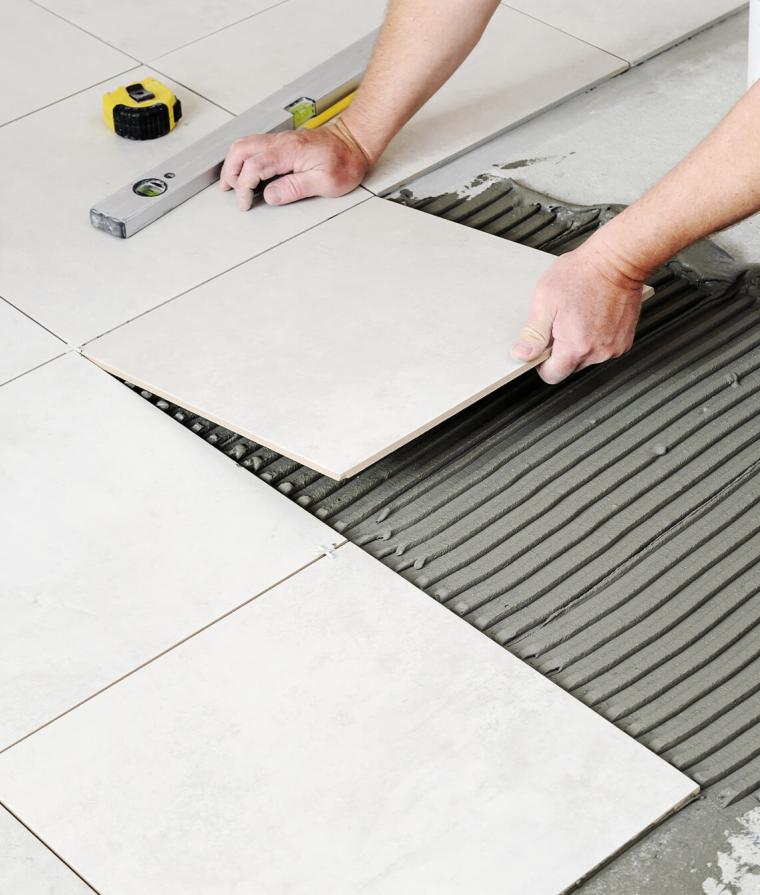Prevent water damage in your home with these 12 tips

Here are 12 tips to help you prevent water damage in your home and limit the damage if you file a claim.
1. Replace your hot water tank every 10 to 12 years
Change your hot water tank during this period, as rust caused by water damages the metal container.
Look out for rust and verdigris which is often a warning sign that your hot water tank has reached the end of its lifespan.
2. Install a non-return valve
This device will prevent waste water from backing up into your basement.
Make sure to clean it twice a year and check whether it’s working properly.
3. Clear the floor drain
Your floor drain should be free of obstructions so that water can drain easily and properly.
4. Choose water-resistant materials
When you choose a basement floor covering, go for industry-proven water-resistant materials such as ceramic and bamboo.
Hardwood is not recommended
5. Attach 2 pumps to your sump pump
Install a battery-powered pump in addition to your electric one.
That way, you’ll rest even easier knowing that one of them will pump out excess water, particularly during a power outage.
You should test your pumps a few times a year to make sure they’re in good working order when you need to use them.
6. Clean your gutters and window wells
You should clean your gutters and window wells at least twice a year.
Check whether the water flows down the gutters and away from the roof and foundations.
If it doesn’t, add downspout extensions so that the water drains at least 2 metres away from the foundation.
You’ll reduce the risk of seepage through the roof and any blockage to the foundation drain.
7. Check water drainage
Water must drain far away from the foundations.
To avoid water seepage, the land around your home should slope downward by at least 2 metres to prevent water accumulation.
8. Follow these precautions if you are leaving your home for more than three days in the winter :
Before taking off, drain the water from plumbing pipes.
Ask someone you trust to check whether the heater is working to prevent water from freezing in the pipes.
9. Look out for land subsidence
In the spring, inspect your driveway, patio and sidewalk and have them repaired if you notice the ground sinking around these areas. You’ll avoid water accumulation near your home’s foundations.
10. Don’t just plant anything
When it comes to choosing a variety of trees, ask a specialist at your garden centre for advice based on these criteria :
- Type of soil
- Size of the tree at maturity
- Distance from your home (at least 3 metres)
Choose landscape that will prevent soil erosion. Native or flood-or drought-resistant plants are the best.

11. Put your valuable objects in secure areas
Store them in waterproof plastic bins or leave them on the main floor.
12. Check your home insurance
Your home insurance generally covers you for damage caused by an indoor sanitary system (e.g. break in the washing machine flue pipe) or rupture to the municipal watermain.
Your home insurance does not cover all water damage, unless you have added coverage against :
- Water seepage through the roof, walls, doors or windows
- Ground water seepage through foundations
- Sewer backup
- Damage caused by flooding
- Renovation costs following a sewer backup or watermain burst
To see whether you have the right coverage against water damage
Contact your insurer, who will be able to recommend coverages that are best suited to your needs.
